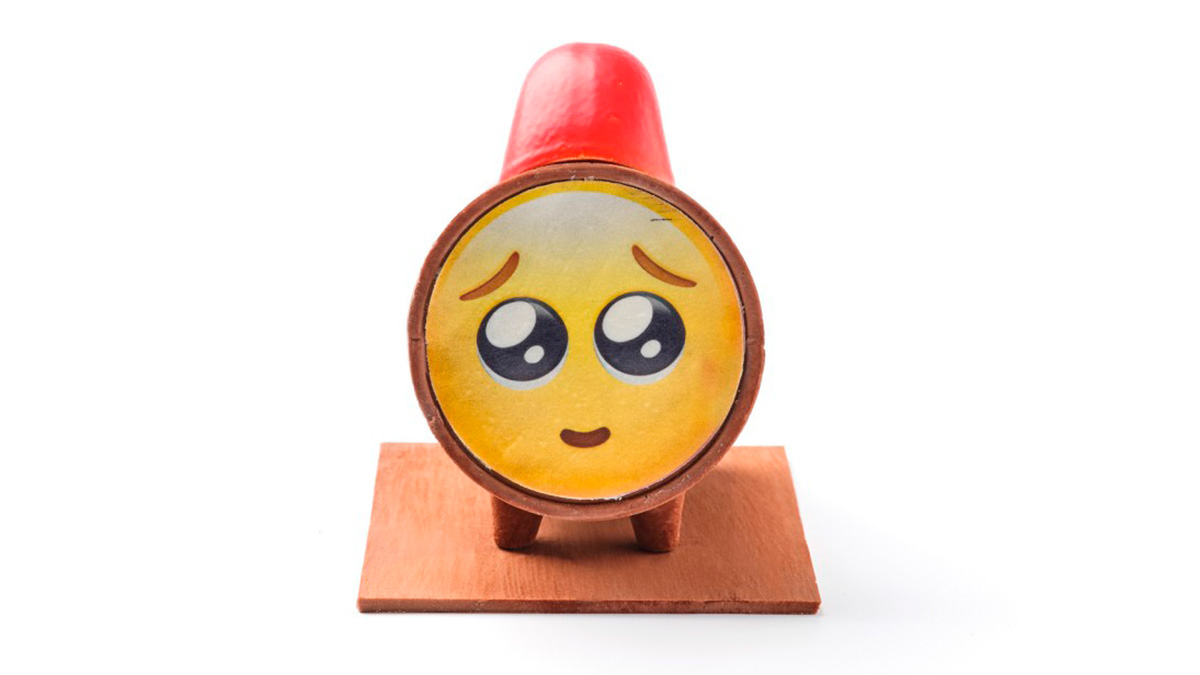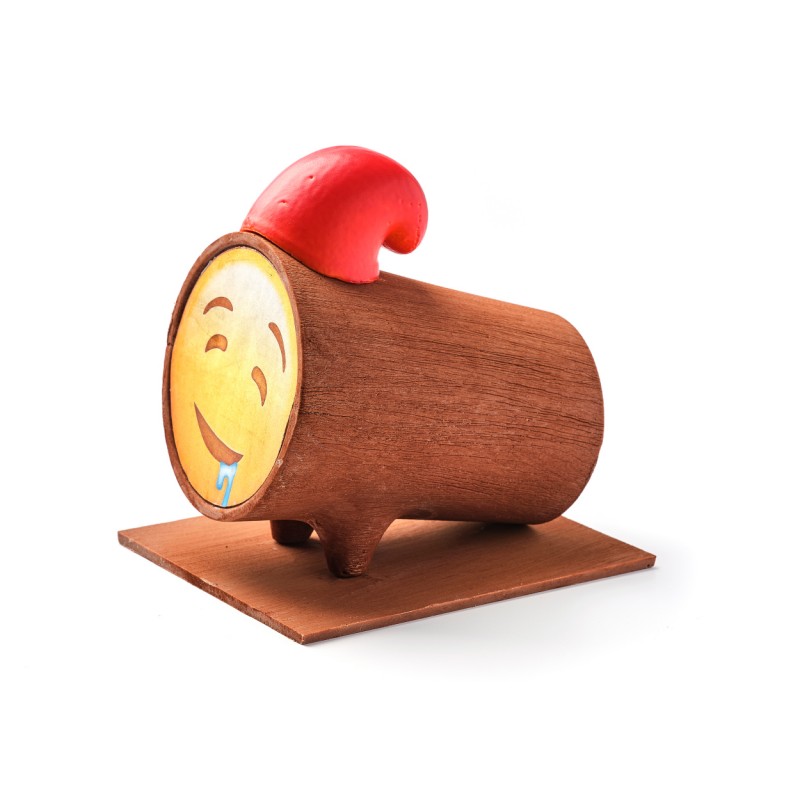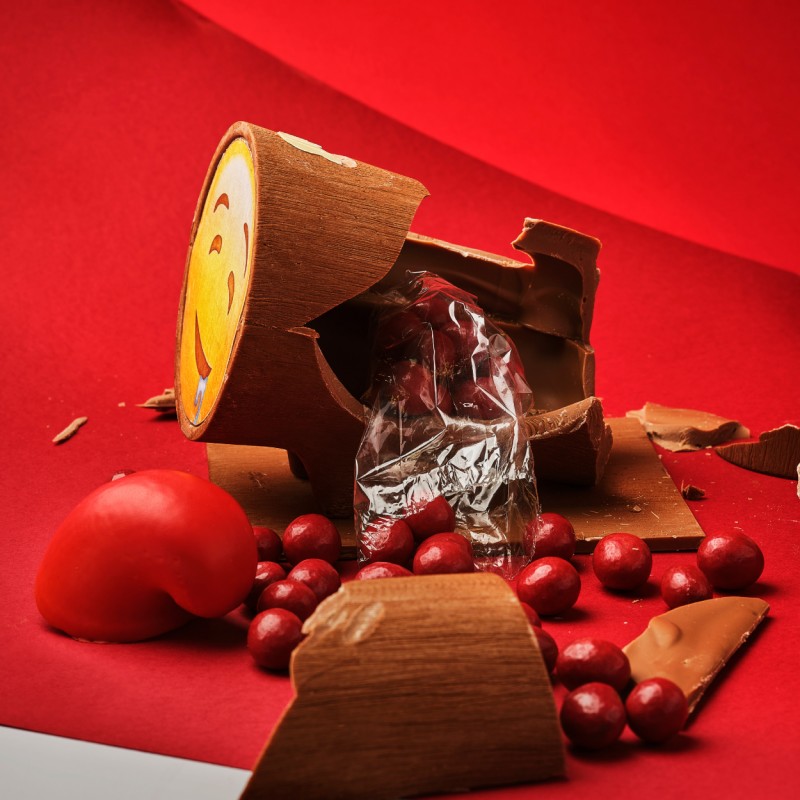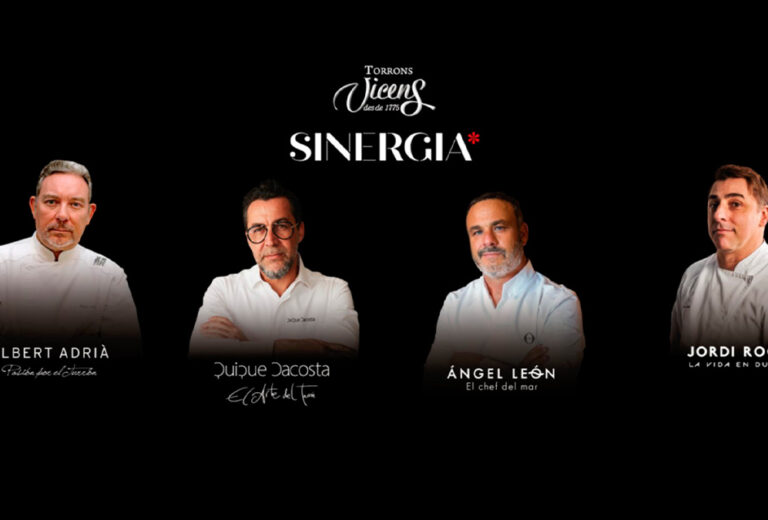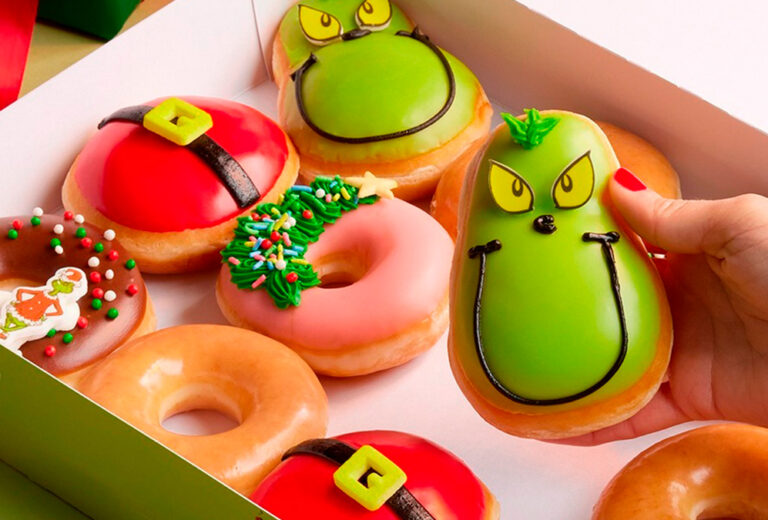Click here to read the Spanish version.
The classic Tió de Nadal is now presented in a contemporary version reimagined by Jordi Roca, called ‘EmoTió‘: an emotional representation of the Tió, now sculpted on the basis of its sweet amusement, filled with chocolate hazelnut and milk chocolate of the highest quality.
The experimental chef and pastry chef continues to explore the sweet world with irreverence, breaking the mould with this tió, which will only be on display at the Rocambolesc confectionery in Girona, as the online version is already sold out.
Roca wanted to share his elaboration process in a video on Instagram, illustrating the culinary process of this Catalan and Aragonese Christmas classic, also known as ‘tronca de Nadal’ or ‘soca de Nadal’, which is now decorated with a red beanie and different emojis in different emotional states.
In the same post, Rocambolesc also delves into the origins and history of this customary emblem: ‘the most widespread variant consists of taking a log, log or thick branch -usually at the beginning of Advent-, leaving food for it every night and covering it with a blanket so that it doesn’t get cold. On Christmas Eve, the children in the house beat him with sticks while singing, so that he shits presents and sweets under the blanket on 24 December. The visible end of the trunk is usually decorated with a barretina and a smiley face.’
This tradition has rural origins, initially related to winter solstice celebrations and the pre-Christian tradition of the Yule log. In its beginnings the log never defecated large objects, but rather sweets, wafers and nougat for the little ones. The burning of the log has also ceased once the festivities have passed. The tió de Nadal is related to the tradition of the Christmas tree, also a bearer of gifts for children, and to similar events in Aragon (tronca de Nadal), Galicia (tizón do Nadal), Occitania (Cachafuòc, Cachofio or Soc de Nadal)[3] and the United Kingdom (y logule).

